No Man’s Sky, for all its initial faults, is an ambitious and beautiful game. It features a massive open-world universe full of countless new worlds and creatures to discover — a very impressive feat for a company with just 25 employees to make in just four years. There’s also a No Man’s Sky fan game that got whipped up in just a few months in Dreams. The game, called Beyond, was the work of just two creators, Kevin H and Chris D.
Kevin and Chris have experience creating games — they’ve released projects on itch.io, created a game for their university’s arcade, and are currently working together on a racing game that uses the Unreal engine. But it was Media Molecule’s LittleBigPlanet games that inspired Kevin to pursue a career in the games industry in the first place.
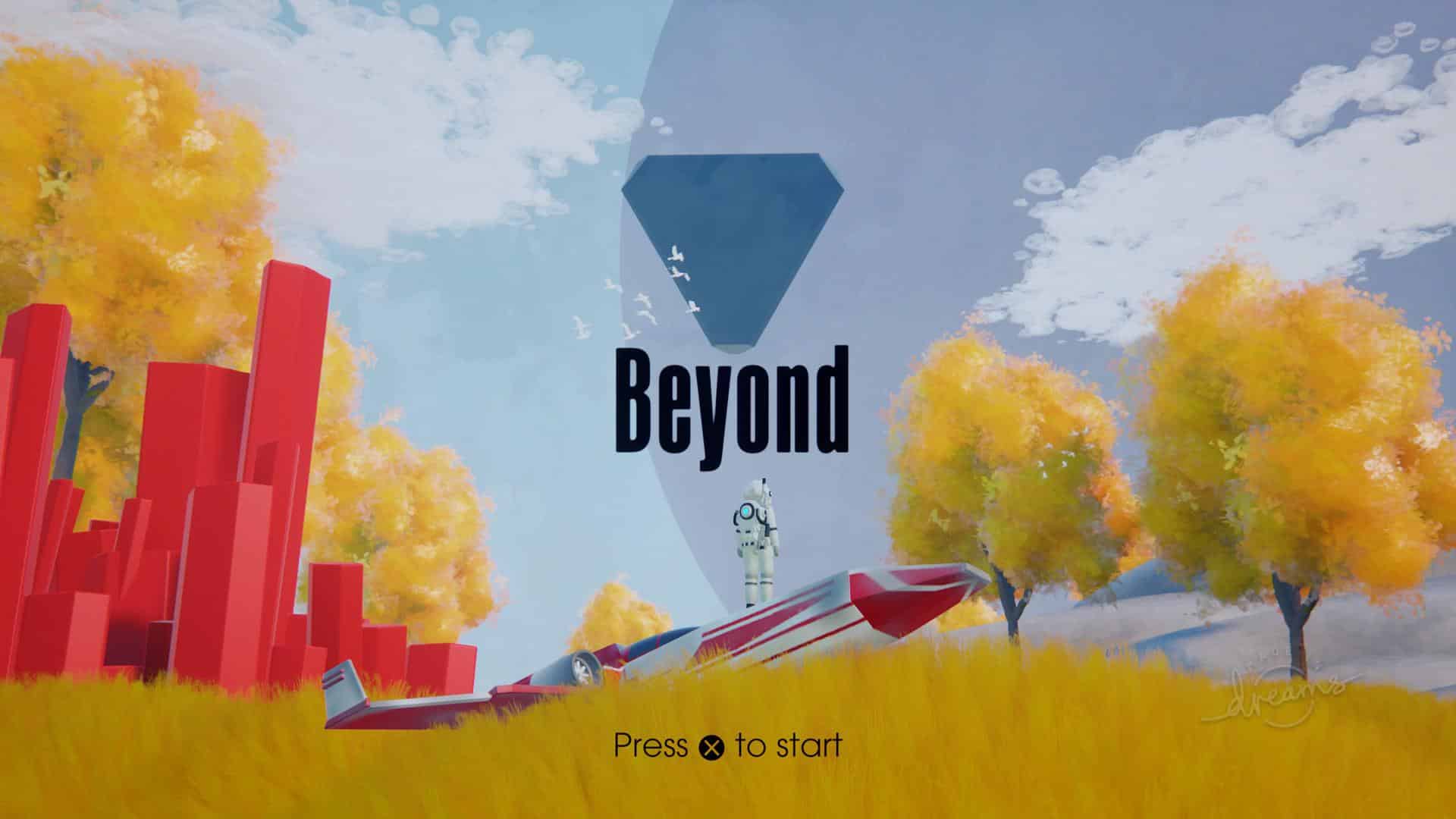
When Dreams first came out, he knew he had to try it — and he was blown away by just how much it let its users do.
“Dreams is like Maya, Unreal, Fruity Loops, Sony Vegas, and Photoshop all bundled into one $40 package,” said Kevin. “It’s super intuitive and easy to get started too.”
Dreams has tutorials that teach the fundamentals of game design, a logic system that he says resembles the Unreal engine’s blueprint system, and an easy-to-understand way of stitching all of your work together that can teach people a lot about game development. There’s a whole lot it can do — the entire reason Kevin decided to make something as ambitious as Beyond was to show that off.
“I really wanted to show how powerful Dreams was (as) a game-creating tool, so I tried tackling one of the hardest games I could create,” said Kevin. “I ended up choosing No Man’s Sky — not only for its technical feats, but also for how fun I perceived the game would be to make and play.”
Beyond isn’t nearly as massive in scope as No Man’s Sky — it doesn’t have procedurally generated landscapes, a seamless open universe, or 18 quintillion planets to explore, for instance. That’s kind of outside the engine’s power. But it is an impressive facsimile. It lets players explore planets and space stations while battling strange creatures and flying around in their ship.
Regardless of if it involves modding software, simple software like Flash, or primitive languages like BASIC, great game creators always seem to rise from accessible tools. They make it easier to wade through the difficult, more-technical end of software design and start finishing projects, which can spur people onwards to bigger and better things.
There’s no truer testament to Dreams’ strengths as a game creation tool than how well an inexperienced hand can piece something together. One creator, who goes by the handle Jimmyjules153, had never tried to create a game before. He’d never even done any professional programming before. But when he booted up Dreams, he knew he’d be able to make something.
“The tools are beyond anything I could have imagined on any platform,” he said. “I could immediately see the potential for what this game could become with a supportive community behind it.”
His project was far simpler than Kevin and Chris’s Beyond — he made the arcade shooter Blade Gunner, which is an homage to the PS4 game Resogun. In it, players fly around a neon-soaked cylindrical arena and fight off waves of UFOs, flying eyeballs, and flying mines.
It’s straightforward, but impressive enough that Media Molecule chose to feature the game — first in a community stream, and then later as one of the first games that players see when they start browsing other people’s creations.
“I didn’t expect the kind of support that my game received, but it makes me happy I was able to entertain so many people,” he said. “There are some brilliant games on the front page, and it’s an honor to be chosen to be among them.”
Being a featured game got him more than just honor, however — it may very well have set him on a course towards a career in game development.
“I was approached by a European game development company who asked me to join their team,” he said. “I’m excited for the future and where this may take me!”
All along the way, Jimmyjules153 was impressed by the support and assistance he could find in Dreams’ community — something of a common theme among creators. The community has spread beyond the game itself and into Twitter, Twitch, Facebook, Reddit, and YouTube. It’s been described as “warm,” “welcoming,” “helpful,” “passionate,” and perhaps most notably, “not toxic at all.”
“Everyone is always willing to help each other out, whether through collaboration, prototyping, or bouncing ideas off of each other,” said designer busterwackycrash, who created the strategy game Strike II. “This is all thanks to the warm and friendly atmosphere Media Molecule has cultured all throughout the years when interacting with the fanbase.”
An atmosphere of collaboration is in the DNA of Dreams. Creators can choose to make their creations “remixable,” which lets others use their art, sound, and even in-game logic to jump-start their own creations.
“The vast amount of remixable assets by the community means that you don’t have to be good at everything to make something incredible,” said creator Keld Bjones. “There are already countless incredible assets by the community that are free to use in whatever way you like.”
The ability to share assets was essential to Keld’s game, Art Therapy, which involves smashing up an art museum to try to cause as much damage as possible. It was created as part of a Dreams Community Jam, where participants had 10 days to put something together based on a theme; in this case, the theme was “Night (or Day) at the Museum.” He started up a Twitch stream to brainstorm ideas before putting a team together and coming up with the concept.
“It turned into a huge collaboration, and in the recent update, I finished adding credits for every creator involved,” said Keld.
“Huge” is no exaggeration — the game contains content from no fewer than 232 different contributors, including sculptures, sounds, paintings, and textures. Keld estimates that he himself put 80 hours into the game’s creation — no small amount of effort, to be sure, but one that was alleviated by the sheer amount of content he was able to use from other players.
The game has been something of a hit with the community, and it became yet another game that Media Molecule chose to feature front and center when players start browsing creations.
Keld’s not one to just use other people’s creations, though — he’s offered his own talents to other games, including lending his voice to Project Ikelos. The third-person action game was made by a team of 14, who all hope to create a full, professional-looking game using the Dreams engine — a noble goal for a team with no professionals onboard.
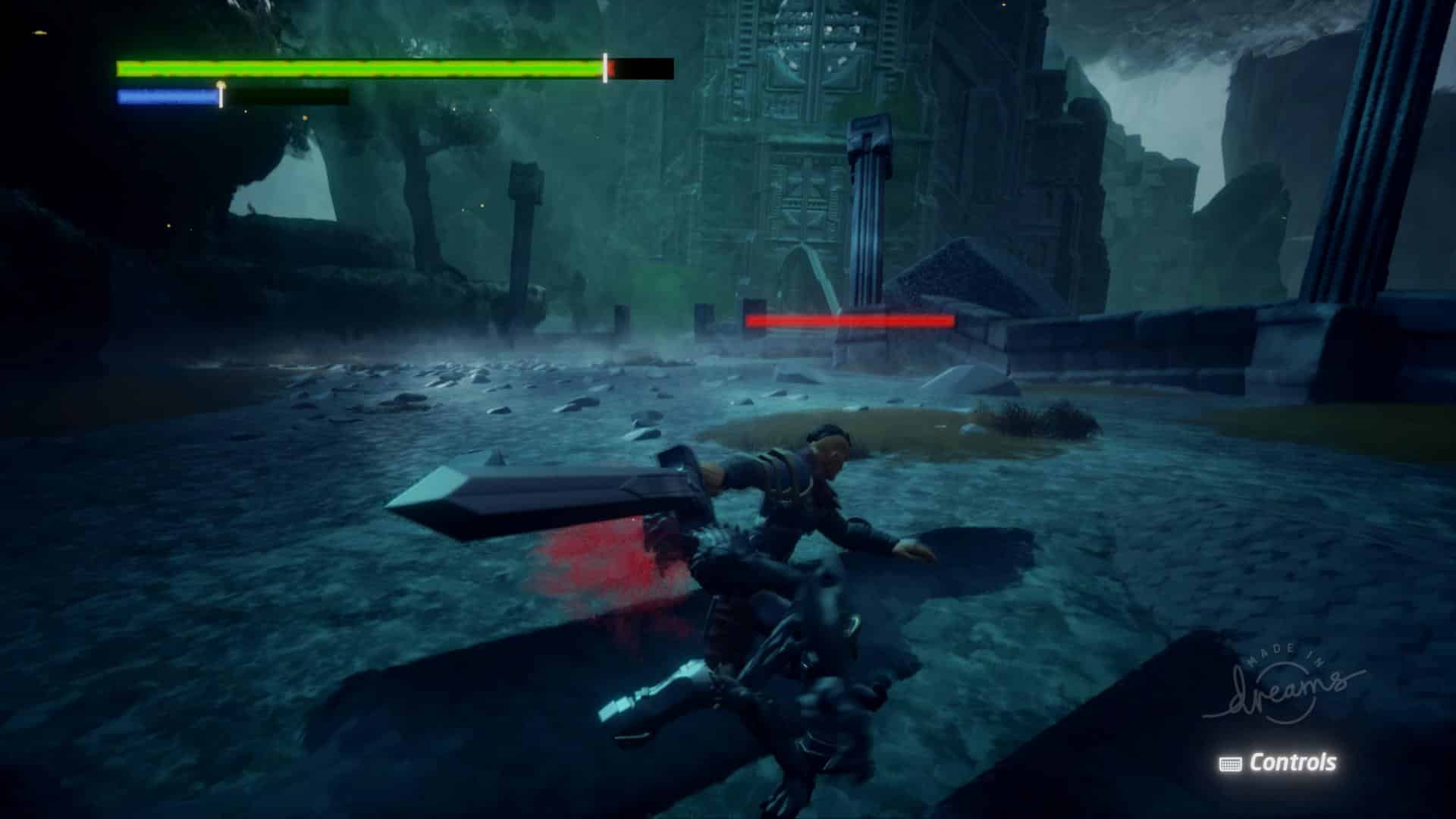
“Our entire team is made up of people that have zero experience in game creation, actually. We are complete amateurs in that respect,” said user ArcaneArts_, who heads the project. “Dreams makes it possible for even us to learn foreign tools and begin learning and experiencing a small taste of game design.”
While there’s certainly work that needs to be done, the current iteration is a remarkably smooth experience — and one that wouldn’t be possible without the community’s support.
“There has been no shortage of positive feedback and suggestions from the community to help us improve even more,” said ArcaneArts_. “It’s a truly amazing community to be a part of.”
Outside of this community, however, the games that get the most attention are fan games, which use the toolset to recreate or remix already-existing properties. For instance, creator Robo_Killer_V2 has spent the past few months putting together the work-in-progress, Fallout 4: Dreams Edition.
Like Beyond, this version of Fallout 4 doesn’t set out to completely remake the game. However, it includes quests and minigames, and a Pip-Boy-based inventory system recreates much of the game’s feel. It’s about 50-60% done, and it’s already received a fair share of notoriety.
“Fallout: Dreams Edition skyrocketed,” said its creator. “Feedback has been positive almost entirely. The only complaints have been that I should make something original, instead of recreating already existing things.”
That’s not an uncommon complaint. Dreams has no shortage of original content on display, but there’s a huge focus in the press about creations that have made use of iconic properties or recreated popular games. Even a five-second parody of Red Dead Redemption Online’s poor server performance has received more press than some of the more original passion projects.
“Remakes are a small fraction of what’s available in Dreams, but you’d think they were the majority,” said creator Scott Vanderburgh, whose world-shifting game Cubric has also been featured on Dreams’ front page — though he’s currently more proud of his platformers Great Job, Human!, and Super Great Job, Human!
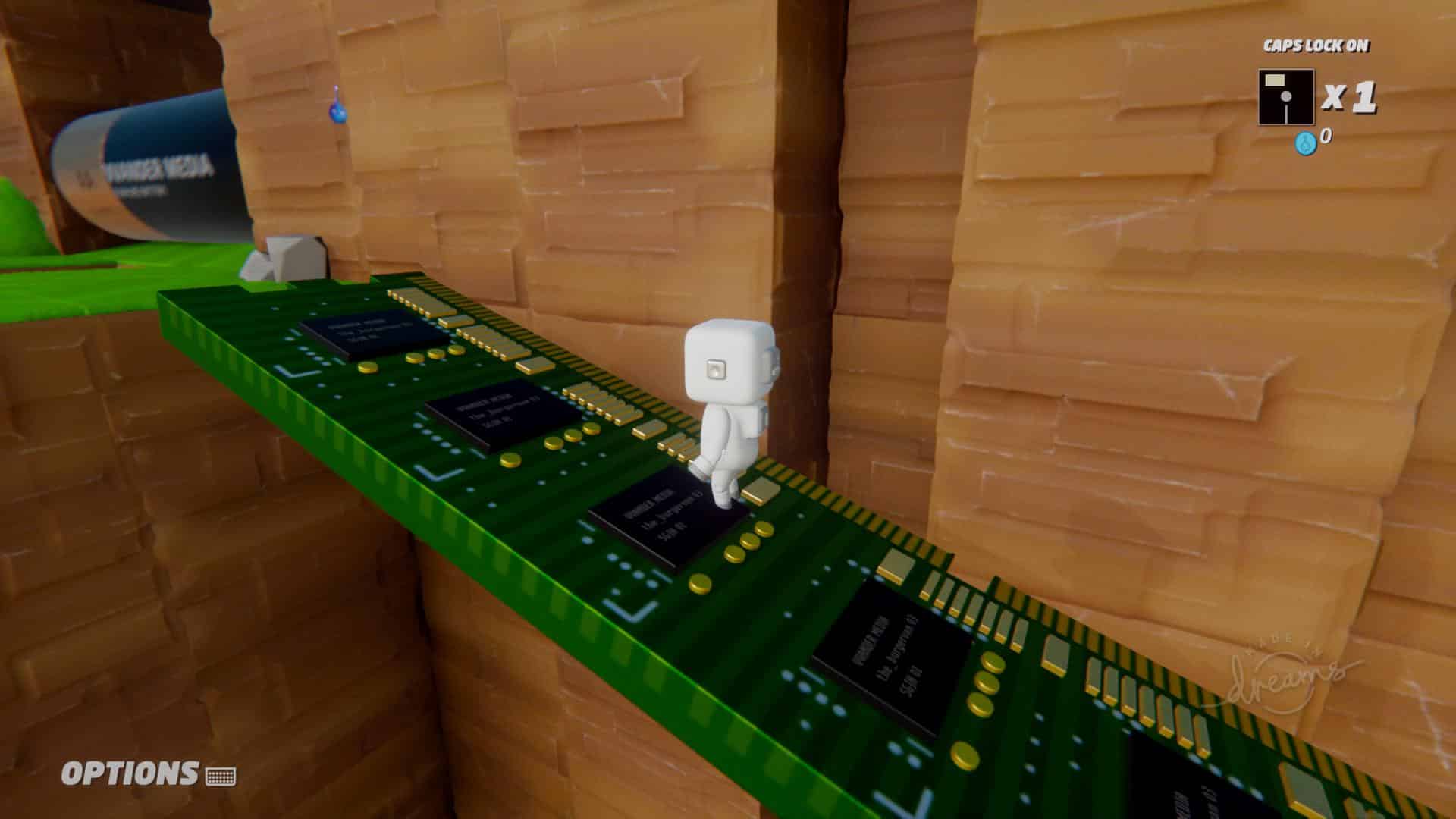
Vanderburgh’s previous experience with game creation mostly involved messing with Far Cry’s level editors. He too is impressed not only with the power of Dreams‘ tools, but also the sheer amount of creativity that exists in the community.
“The quality of creations in Dreams has increased so quickly that it’s hard to keep up,” Vanderburgh said. “It feels like every week there’s an amazing new creation that raises the bar for the rest of us.”
The focus on creations that crib from pop culture isn’t necessarily a bad thing. Keld, for instance, believes that fan content helps Dreams reach an audience that wouldn’t really care about the software if people had only ever made original content.
“Some of the community get resentful about fan games getting loads of attention, but I think it’s a big plus,” Keld said. “Did you hear about Elca Gaming on YouTube? He gained 60-70K subscribers in a few days when the YouTube algorithm decided to show the videos about his Avatar: The Last Airbender game to Avatar fans. That’s tens of thousands of people exposed to Dreams because of their love for another thing.”
Dreams is going viral, but rather than elicit some chuckles and vanish like a meme, it’s ushering in a new generation of game designers.

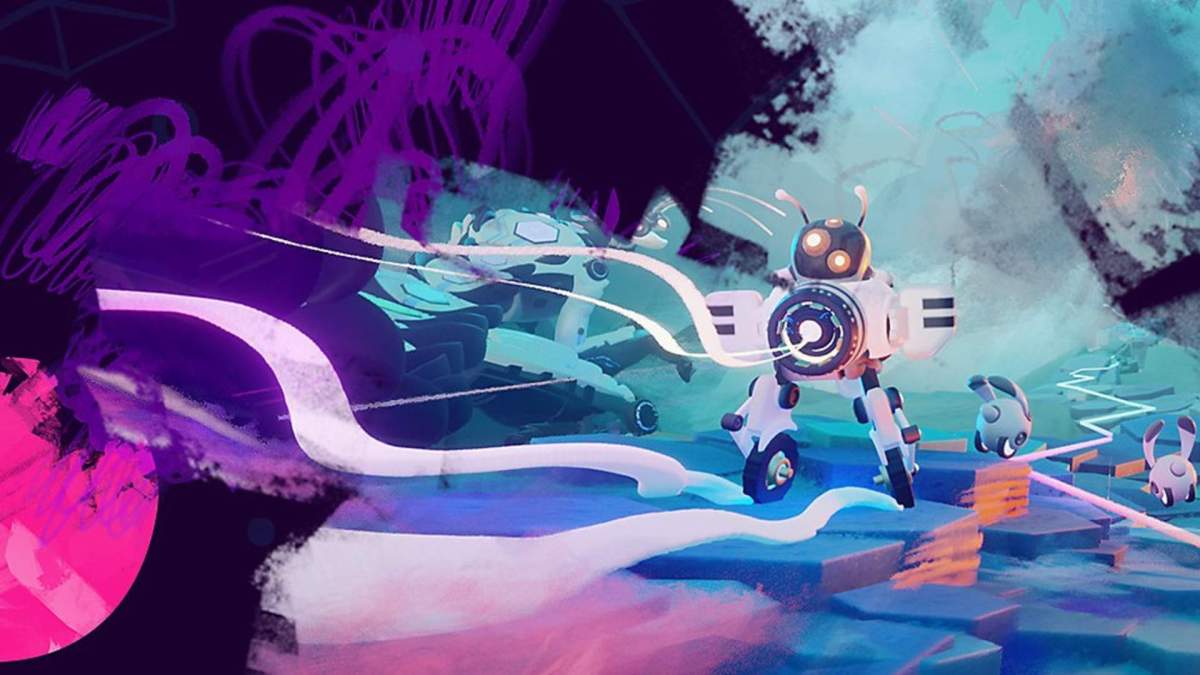
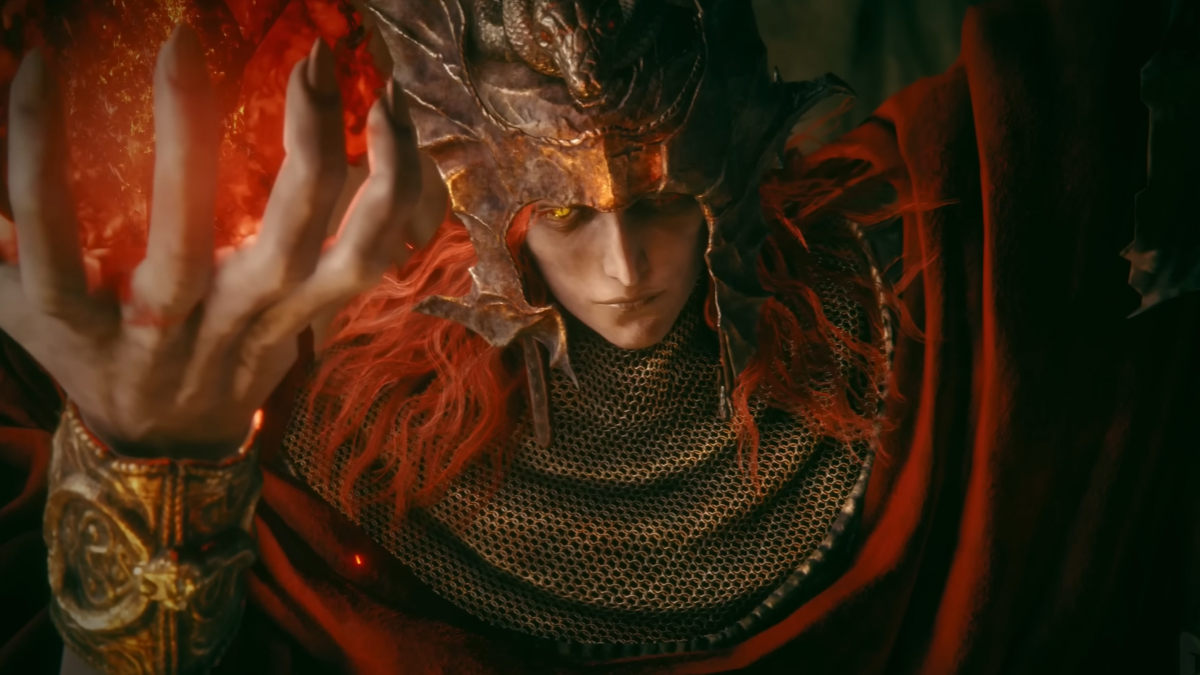



Published: Feb 26, 2020 01:00 pm